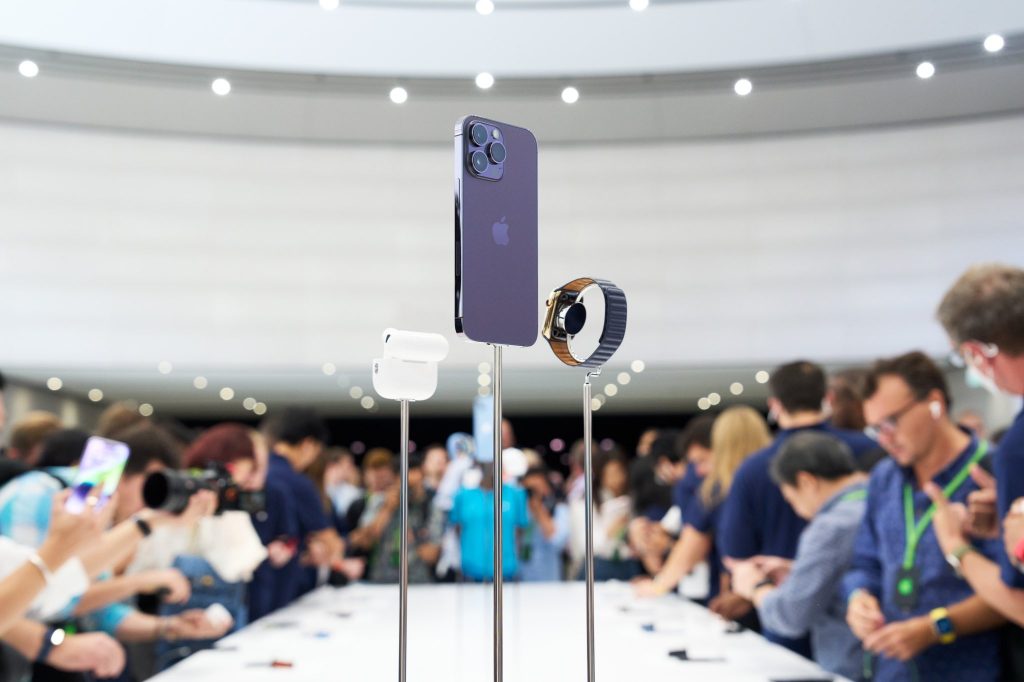Samsung heads into CES 2026 with momentum Samsung Electronics is closing out 2025 with a strong signal of where its future tech ambitions lie….
iPhone 14 crash detection a hit despite roller coaster prank calls

A woman’s iPhone 14 contacted the police seven times and repeated an automated message with her location.
If you’re unfamiliar with this story, we’ll remind you.
A woman got on a roller coaster at the Mystic Timbers amusement park in Ohio and when she got off she realized her iPhone 14 had dialed 911 on its own.
The phone has a feature to detect a crash, but it seems the metric on the device still needs to be calibrated.
The feature reportedly detects data from the phone’s accelerometer and GPS sensors.
The quick deceleration of a rollercoaster may send a signal to the phone that it’s an abnormal stop, therefore may be ruled as a crash.
Crash detect
The feature first shows a ten second warning, before it initiates a ten second blaring alarm.
If this is not stopped by the user, the phone then proceeds to dial emergency services and an emergency contact – with your last location sent.
An emergency dispatch officer confirmed receiving the woman’s call.
When making the call the iPhone said: “The owner of this iPhone was in a severe car crash and is not responding to their phone.”
The feature has successfully reported some accidents, which notes the impact of the innovation.
Listen to the recording of the call here
My time on the crash-detection beat has proven that the feature can absolutely save a life. There's already proof of it helping in real crashes. But there are situations where it works and it shouldn't + others where it doesn't work and it should. Such is the story of technology!
— Joanna Stern (@JoannaStern) October 9, 2022
How it works
The feature has been recently rolled out and is available on the iPhone 14, 14 Pro, Apple Watch SE, Apple Watch Series 8, and Apple Watch Ultra.
The sensors inside the devices are meant to detect sudden changes in motion and pressure.
The accelerometer in the iPhone measures G-force measurements of up to 256Gs.
The iPhone uses other variables to understand if the user is moving in a car or if they’ve been in a car accident.
When several factors are measured, the phone reaches a calculated metric to assume the equation has led to result.
The speed change, combined with the impact force, combined with the pressure change, and the sound level, results in a highly complex equation for the algorithm to decipher.
I was in a bike crash where my watch screen got destroyed. The watch was still functional, and I got a call from a study about the crash detection, but I didn’t need 911. Don’t want to enable detection while biking and get false reports.https://t.co/tAM0NO6xok
— Max 🌹 🚇 🚲 🌆 (@max_in_somer) October 9, 2022
Solution
Since Apple has crafted this feature to save lives, it will be a challenge for the algorithm to decipher if the user is on a roller coaster or not unless the phone could take a realistic video of the scene.
Until then, users could opt to leave their phones in the car.
Also read: WATCH: You may owe some unvaccinated people an apology, here’s why

